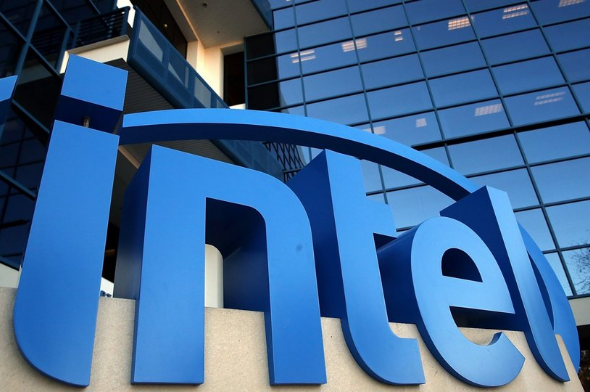Connection to DriversCloud Create a DriversCloud.com account Reset your DriversCloud.com password Account migration
Intel is giving up on PCI Express 5.0 for Alder Lake chipsets
No doubt in order to limit the production costs and prices of a new platform that is already very expensive.
In the world of microprocessors, we often talk about the CPU itself, but not much about its essential companion, the chipset. Sometimes split into two - north and south bridges - this chip is placed on the motherboard and is designed for one or more types of microprocessor. The objective is to allow exchanges with many elements of the motherboard: the chipset serves as a sort of gateway between the CPU and multiple components such as RAM - less and less the case - the SATA bus, network controllers, USB, keyboard, mouse... To put it simply, the chipset is an absolutely essential key component.
Largely shaken up on its schedule, Intel has finally planned to launch a wide range of desktop processors engraved using the 10nm process. This will be the Alder Lake-S range, which will be released in the last quarter of this year 2021. In addition to the long-awaited 10nm process, Alder Lake-S should be the occasion to introduce many new features, making this generation a revolution for Intel. For example, there is talk of introducing a new organization of cores: the big.LITTLE, which mixes high performance cores and low power cores.
Alder Lake-S will not stop there and Intel has already mentioned the use of a new socket: the LGA 1700 with, very logically, 1700 contact pins. There is also talk of integrating, at least on some Alder Lake-S models, DDR5 RAM with the promise of much higher data rates than DDR4. Finally, Intel has repeatedly reminded us that this twelfth generation of CPUs will see the arrival of a new PCI Express standard. If the American has taken the PCIe 4.0 a little late compared to AMD, it would thus take the advantage on the PCI Express 5.0.
Be careful though, a CPU is only capable of handling a few PCI Express lines. In the case of Alder Lake-S, we are talking about 16 PCIe 5.0 lines, just enough for a graphics card. To get more, the chipset would have to be able to handle them as well... which doesn't seem to be the case. Tom's Hardware underlines that contrary to the first rumors, there should be no question of a range of PCIe 4.0 chipsets and another in PCIe 5.0. Intel would have decided the question by reserving PCIe 5.0 for the CPU only.
While the American's decision may disappoint, it seems to be quite logical for a transition generation: PCI Express 5.0 will be more fully expressed with Raptor Lake / Meteor Lake. In any case, the 600 series chipsets - for Alder Lake-S - will only be PCIe 4.0. The good news is that these chipsets will be a little simpler and will probably be less expensive. Moreover, generalizing PCIe 5.0 speeds would probably have required a more in-depth review of the motherboard design... and their manufacturing costs.







